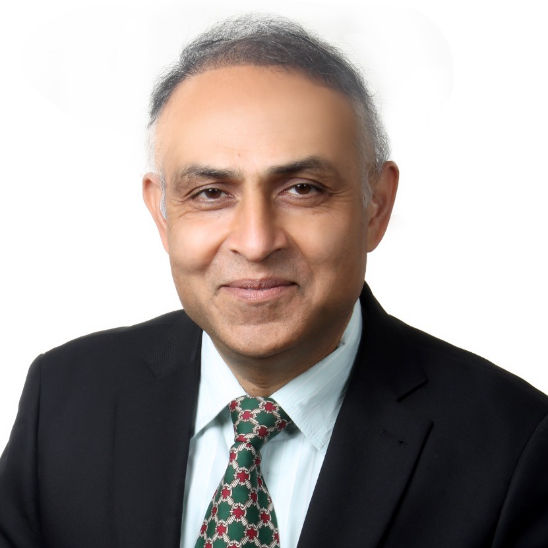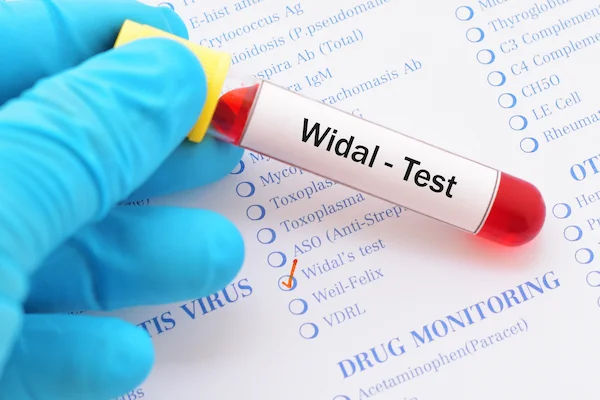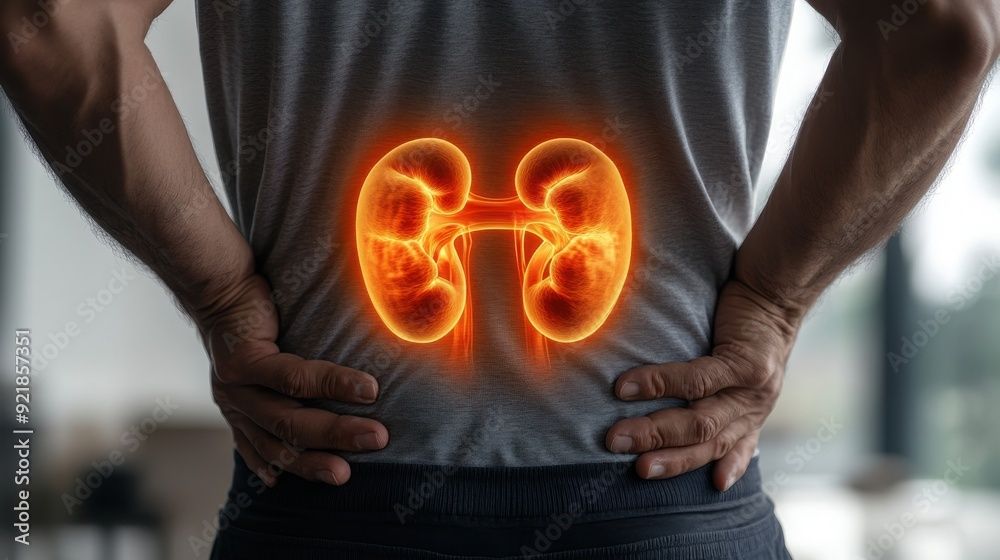Understanding Rotablation Angioplasty Procedure
Gain a comprehensive understanding of Rotablation Angioplasty, a specialized cardiac procedure for treating severely calcified blockages. Learn how this technique works, who it's for, and what to expect during recovery.

Written by Dr. Mohammed Kamran
Reviewed by Dr. Shaik Abdul Kalam MD (Physician)
Last updated on 12th Aug, 2025
.webp?tr=q-80,f-webp,w-350,dpr-2,c-at_max 700w)
If you or a loved one has been diagnosed with severe coronary artery disease (CAD), your doctor may have recommended a procedure called rotablation angioplasty. While the name may sound complex, this article will break it down into simple, easy-to-understand terms so you can feel informed and confident about your treatment options.
What is Rotablation Angioplasty?
Rotablation angioplasty, also known as rotational atherectomy, is a specialized type of angioplasty used to treat severely blocked coronary arteries. Unlike standard angioplasty, which uses a balloon to widen the artery, rotablation involves a tiny, diamond-coated burr that rotates at high speed to gently shave away hardened plaque deposits.
This procedure is particularly helpful when the plaque is too hard or calcified for a regular balloon or stent to work effectively.
Why is Rotablation Needed?
Over time, cholesterol, calcium, and other substances can build up inside the arteries, forming plaque. In some cases, this plaque becomes extremely hard (calcified), making it difficult to open the artery with a regular balloon. If left untreated, severe blockages can lead to:
Chest pain (angina)
Heart attack
Reduced blood flow to the heart
Rotablation helps by breaking down the tough plaque, allowing doctors to place a stent (a small mesh tube) to keep the artery open and restore proper blood flow.
How is Rotablation Angioplasty Performed?
The procedure is performed in a cardiac catheterization lab by an interventional cardiologist. Here’s what you can expect:
1. Preparation – You’ll be given local anesthesia, and a small tube (catheter) will be inserted into an artery in your wrist or groin.
2. Guiding the Burr – A thin wire is passed to the blocked artery, followed by the rotablation device (a tiny, diamondcoated burr).
3. Removing Plaque – The burr spins at high speed (140,000200,000 RPM) to gently grind away the hard plaque.
4. Stent Placement – After clearing the blockage, a stent is placed to keep the artery open.
5. Recovery – The catheter is removed, and pressure is applied to the insertion site to prevent bleeding.
The entire procedure usually takes 12 hours, and most patients stay in the hospital for 12 days for observation.
Who Needs Rotablation Angioplasty?
Not everyone with blocked arteries needs rotablation. It is typically recommended for patients with:
Severely calcified arteries that cannot be treated with standard angioplasty.
Long or complex blockages where a stent may not expand properly.
Recurrent blockages after previous angioplasty.
Your cardiologist will determine if rotablation is the best option for you based on imaging tests like an angiogram or intravascular ultrasound (IVUS).
Benefits of Rotablation Angioplasty
Improves blood flow to the heart muscle.
Reduces chest pain (angina) and improves quality of life.
Makes stent placement easier in hard to treat blockages.
Minimally invasive with a shorter recovery time compared to bypass surgery.
Consult Top Specialists
Risks and Possible Complications
Like any medical procedure, rotablation has some risks, though they are rare. These may include:
Bleeding or bruising at the catheter insertion site.
Slow heart rate (managed with medication).
Artery damage (very rare, but may require additional treatment).
Blood clots (prevented with bloodthinning medications).
Your doctor will take all necessary precautions to minimize these risks.
Recovery and Aftercare
After the procedure, you may feel tired, but most people recover quickly. Here’s what to expect:
Rest for 24-48 hours – Avoid heavy lifting or strenuous activity.
Drink plenty of water – Helps flush out the contrast dye used during the procedure.
Take prescribed medications – Blood thinners and cholesterol-lowering drugs may be given to prevent future blockages.
Follow a heart healthy diet – Low in salt, sugar, and saturated fats.
Quit smoking – Smoking increases the risk of future blockages.
Attend followup visits – Your doctor will monitor your recovery.
Lifestyle Changes for a Healthy Heart
To keep your arteries clear and prevent future blockages:
Eat a balanced diet – Include fruits, vegetables, whole grains, and lean proteins.
Exercise regularly – Aim for 30 minutes of walking or light activity daily.
Manage stress – Practice meditation, deep breathing, or yoga.
Control blood pressure and cholesterol – Take medications as prescribed.
Avoid smoking and excessive alcohol – Both contribute to heart disease.
When to Seek Medical Help?
Call your doctor immediately if you experience:
Severe chest pain
Difficulty breathing
Excessive bleeding or swelling at the catheter site
Fever or signs of infection
Conclusion
Rotablation angioplasty is a safe and effective treatment for severely blocked arteries that cannot be managed with standard angioplasty. By understanding the procedure, you can feel more at ease and take an active role in your heart health.
If you or someone you know has been advised to undergo rotablation, consult a cardiologist to discuss the best treatment plan.
Need expert advice?
You can book a consultation with a cardiologist or schedule a heart health checkup through Apollo 24|7. Early detection and treatment can make all the difference in maintaining a healthy heart!
Stay informed, stay healthy!
Consult Top Specialists
Consult Top Specialists

Dr. Siddharth Bajaj
Cardiologist
10 Years • MBBS, M.D. D.M. (Cardiology)
Hyderabad
Apollo Hospitals Jubilee Hills, Hyderabad

Dr. Chandra Prasad Thakur
Cardiologist
5 Years • MBBS, MD ( Medicine), DM ( Cardiology)
Guwahati
Apollo Hospitals G S Road, Guwahati
Dr. Diganta Buragohain
Cardiologist
1 Years • "DM (Cardiology) in 2025 from NEIGRIHMS, Shillong MD (General Medicine) in 2020 Gauhati Medical College, MBBS in 2015 from Gauhati Medical College,"
Guwahati
Apollo Excelcare Hospital, Guwahati

Dr.t . Naveen
Cardiologist
5 Years • MBBS(OSMANIA),MD MEDICINE (AIIMS , NEW DELHI) , DM(Jayadeva ,Banglore)
Hyderabad
Apollo Clinic, A.S.Rao Nagar, Hyderabad

Dr. Monik Mehta
Cardiologist
38 Years • MBBS, MD, DM (Cardiology), FACC (Fellow of American College of Cardiology), Fellowship (Cardiac Electrophysiology)
Gurugram
APOLLO SUGAR CLINICS GURUGRAM, Gurugram




